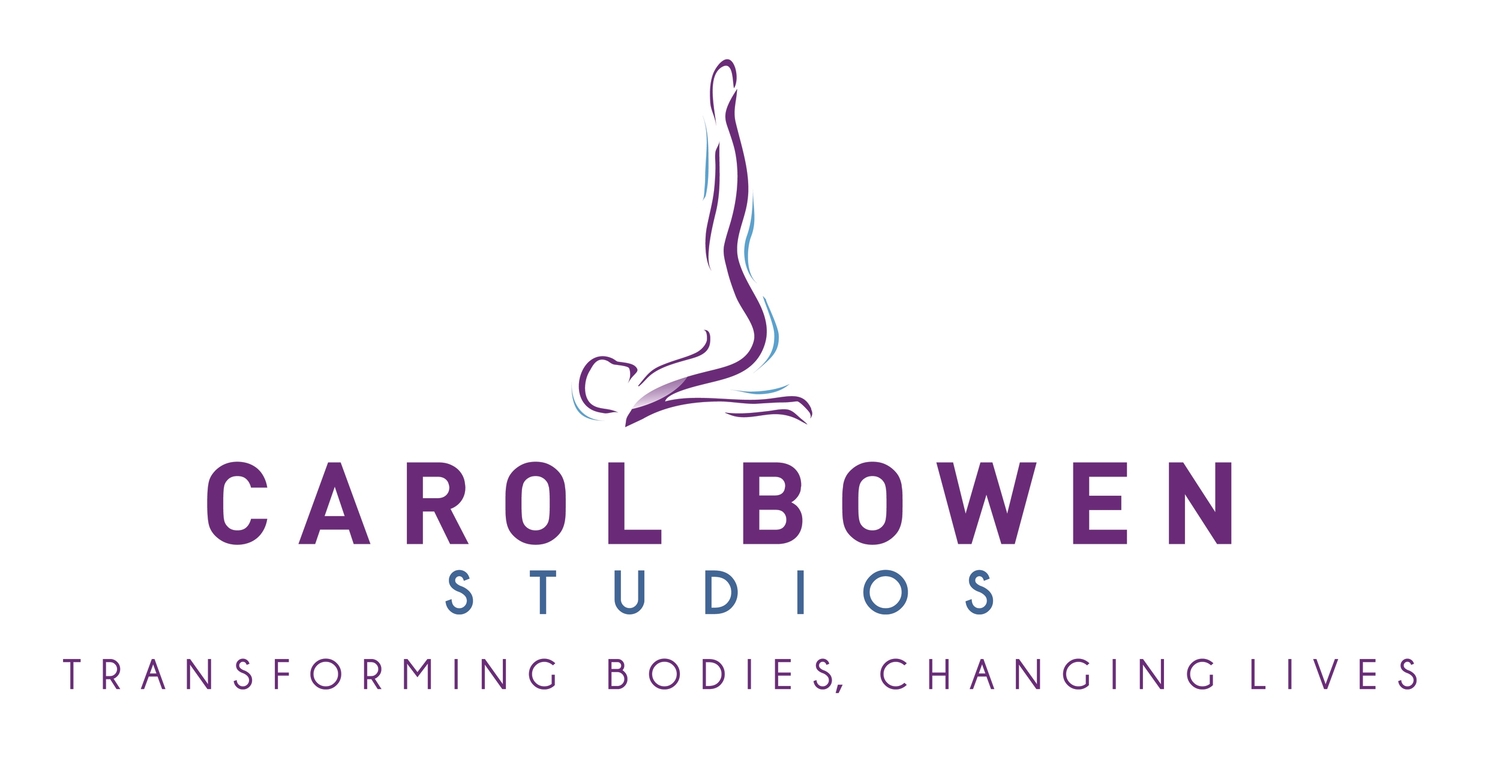Principle 1: Centering
In Pilates, all movements originate from the center of the body, which is located in the pelvis, just bellow the navel. Anatomically, our center connects several large muscle groups and refers to the musculature located deep within the abdominal area. From our center we support our spine and major organs, strengthen the back and improve alignment and posture. With a properly developed center we are less vulnerable to fatigue and lower-back pain.
For example, visualize your center as a sphere. As you contract the muscles in this area, exhale and imagine the sphere shrinking in size—a three-dimensional movement. During Pilates exercises you and will learn to maintain this contraction without holding your breath .
Principle 2: Control
In Pilates, control is essential to the quality of every movement. Every movement of each Pilates exercise requires complete control of your body by your mind. Overexertion of the muscles in not a principle of Pilates. The underlying assumption is that exercise motions and movements performed without control can lead to injury, but exercises performed with control produce positive results.
Principle 3: Concentration
In order to maximize your workout, you must be completely present during your session. Don’t let your mind wander! The mind-body connection is at the very core of Pilates, and the key to coordinating mind and body is concentration. In this discipline, the focus is on careful, precise and slow foundation work. Before you perform a movement, organize your thoughts to encourage full-body awareness.
Principle 4: Precision
Movement precision builds on concentration. Precision is achieved by clearly moving, directing and placing the body and its parts. Realize that every movement has a purpose and every cue or instruction is important to the success of the movement.
Principle 5: Breathing
Pilates, like yoga, calls for complete, thorough and purposeful inhalation and exhalation. But in Pilates, unlike in yoga, inhalation is through the nose and exhalation through the mouth. Proper breathing oxygenates your blood, increases your circulation and flexibility, deepens the work of your abdominals, and brings a sense of ease to your movement. As a general rule in Pilates, one inhales to prepare for a movement and exhales to execute it.
As an example of purposeful breathing, visualize the capacity of the rib cage expanding three-dimensionally with each breath. In three-dimensional breathing, the ribs expand forward, sideways and backward during each inhalation. Pilates reminded practitioners to fill their lungs from the bottom and empty them from the top.
Principle 6: Flowing Movement
Dynamic fluid movement makes Pilates different from other exercise techniques. An exercise should have a specific place where it begins and ends, with a seamless middle of precise motion emphasizing grace and control.
